Deomdurim (덤드림)
19.2Km 46 2021-03-24
77, Eunhaengnamu-ro, Andong-si, Gyeongsangbuk-do
+82-54-842-2288
This is where you can eat aged seasoned meat. This Korean dishes restaurant is located in Andong-si, Gyeongsangbuk-do. The representative menu is grilled ribs.
CHIAMGOTAEK [Korea Quality] / 치암고택 [한국관광 품질인증]
19.3Km 39329 2023-04-13
297-10, Toegye-ro, Andong-si, Gyeongsangbuk-do
+82-54-858-4411, +82-10-3530-4413
Chiam Old House in Anmak-dong, Andong, Gyeongsangbuk-do is an old traditional Korean house once owned by Lee Man-hyeon(pen name Chiam) who was the 11th-generation descendant of “Toegye” Yi Hwang, one of the most prominent Korean Confucian scholars of the Joseon Dynasty and a high-ranking government official during the reign of King Gojong. This house was originally located in Wonchon-ri, Dosan-myeon but was relocated to its current location in 1976 after a flood caused by the collapse of Andong Dam. Chiam Old House consists of 22 rooms, 5 gates, and 1 detached building. The main building is taller than the detached building. One of the unique features of this detached building is that it has both gable roof and gambrel roof on either side. Listed as Gyeongsangbuk-do Folklore Material No. 11, Chiam Old House now serves as a guesthouse for those wishing to experience an old traditional Korean house. The rooms that are open to guests are “Seongmyeongjae,” “Gyeongeopjae,” and “Nakseongdang.” The large room called “Bakkatchae,” or outer building, is the most comfortable one to stay in for a night, since it's furnished with kitchen, TV, air conditioner, and bathroom. “Seongmyeongjae” means “honesty and integrity” in Korean. It’s an “ondol (Korean floor heating system)” room typical of any traditional Korean house, where you have to sleep on the floor. "Gyeongeopjae" is the most popular one among the guests, and its name means “unselfish and reverent.” The rooms next to the gate called “Ilgeonjae,” “Seokcheonjae,” and “Hakgujae” located along the wall are great places to stay if you want to see the surroundings and the old house at the same time. “Jamnyongdang” on the east side of the main building is named after the small pond in the yard, and it means “to strive to be a man of virtue like the dragon flying in the sky.” There are lots of beautiful flowers in the small garden in complete harmony with the old house and surrounding mountains, making it a great place to take a leisurely walk as you experience the history.
Picnic Gimbap Cheonguk (피크닉김밥천국)
19.4Km 68 2021-03-30
249, Jebiwon-ro, Andong-si, Gyeongsangbuk-do
+82-54-858-2279
It is a place where you can eat a variety of Korean dishes. This Korean dishes restaurant is located in Andong-si, Gyeongsangbuk-do. The most famous menu is tuna gimbap.
Hwangso Galbi (황소갈비)
19.4Km 62 2021-03-24
80, Danwon-ro, Andong-si, Gyeongsangbuk-do
+82-54-858-7388
This restaurant is famous for beef bulgogi and galbi (ribs). This Korean dishes restaurant is located in Andong-si, Gyeongsangbuk-do. The representative menu is beef bulgogi.
Dongdaemun Sikdang (동대문식당)
19.5Km 47 2021-03-24
87, Danwon-ro, Andong-si, Gyeongsangbuk-do
+82-54-859-3490
This is where you can eat spicy seasoned squid. This Korean dishes restaurant is located in Andong-si, Gyeongsangbuk-do. The representative menu is squid salad.
Duldulmareo Gimbap (둘둘마러김밥)
19.5Km 35 2021-03-24
423, Gyeongbuk-daero, Andong-si, Gyeongsangbuk-do
+82-54-843-2285
A place where you can enjoy a variety of gimbap. This restaurant's signature menu is gimbap. This Korean dishes restaurant is located in Andong-si, Gyeongsangbuk-do.
Juktong Gimbap (죽통김밥)
19.5Km 27 2021-03-24
418, Gyeongbuk-daero, Andong-si, Gyeongsangbuk-do
+82-54-857-3007
It is a place that sells a variety of delicious Korean dishes. This restaurant's signature menu is gimbap. This Korean dishes restaurant is located in Andong-si, Gyeongsangbuk-do.
Eongteori Saenggogi(엉터리생고기)
19.6Km 51 2020-11-26
411-1 Gyeongbuk-daero Andong-si Gyeongsangbuk-do
+82-54-855-5525
This is where you can have all the Samgyeopsal (pork belly) you can eat. This Korean dishes restaurant is located in Andong-si, Gyeongsangbuk-do. The most famous menu is grilled pork belly.
Ecole confucianiste Dosanseowon [Patrimoine Mondial de l'UNESCO] (도산서원)
19.6Km 6525 2023-05-23
154, Dosanseowon-gil, Andong-si, Gyeongsangbuk-do
+82-54-852-6800
L’école confucéenne Dosanseowon a été établie en 1574 (7ème année du règne du roi Seonjo), par des disciples des mémoires du premier Lee Hwang.
La salle de conférence Dosan désigne une ancienne académie où Lee Hwang enseignait les études académiques. En 1574 (la 7ème année du règne du roi Seonjo (1567~1608) de la dynastie Joseon (1392~1910)), des érudits confucéens et d’autres lettrés ont inauguré un lieu saint appelé Sangdeoksa. En 1969, il a été désigné comme trésor national Nº 170. Après avoir placé l'espace funéraire et offert les rites sacrificiels, la salle de conférence a été terminé avec la construction de Jeongyodang (Trésor National Nº 210) ainsi que les ailes ouest / est (lieu d'étude pour les savants).
Lorsque vous entrez par l’entrée principale, vous trouverez la salle de conférence Dosan sur votre droite. La structure du bâtiment est simple avec des pilliers carrés et des poutrelles insérées dans les traverses. Si vous continuez plus loin derrière la salle de conférence en passant par la porte Jindomun, vous trouverez la salle Gwangmyeongsil où sont gardés des livres anciens. Vous trouverez également le bâtiment principal Jeongyodang et les ailes ouest / est.
Derrière Jeongyodang, on trouve le lieu saint Sangdeoksa, Jangpangak ainsi qu’un arbre où sont imprimés les ‘12 Chants de Dosan’. Le pavillon Okjingak, qui a été reconstruit en 1970, est désormais un bâtiment d’exposition des reliques de Toegye.
Sogang House
19.8Km 5128 2021-04-09
22, Baraemi-gil, Bonghwa-eup, Bonghwa-gun, Gyeongsangbuk-do
+82-10-9189-5578
The House of Sogang is an approximately 110-year-old house located in the village of Baraemi in Bonghwa-gun, Gyeongsangbuk-do. It was originally built for and presented to Kim Chang-gi (pen-name: Sogang), a well-known local Confucian scholar who served as the head of the Dosanseowon Confucian Academy, and who happened to be the second son of Kim Roe-sik (pen-name: Namho), the great-grandfather of the current owner.
Furthermore, the House of Namho, which is situated behind the House of Sogang, was built for the first son of Kim Roe-sik, one of the richest men in the region, who borrowed money using his entire property as security and donated it to a war chest. He won an official commendation for his role in helping secure national independence in 1977.
The entire village pf Baraemi is composed of traditional square-shaped houses with tiled roofs set amid a clean and peaceful atmosphere, for which it was designated as a Traditional Cultural Village way back in 1922. The name of the village, Baraemi, implies that it was originally situated by the sea, and many shell remains have been found in paddy fields and puddles there over the last 60 years.
The House of Namho is a typical square-shaped house with a tiled roof, and comprises a tall gate, a front courtyard, a sarangchae (men’s quarters) with maru (wooden floor), an inner courtyard, and a bonchae (main building) among its various structures. The main construction material of the house is Chunyang pine wood, which is a rarely used these days. Thanks to the owner-family’s dedicated maintenance and care, the house has been preserved in good condition. As the typical residence of a nobleman of the late Joseon period, the house is decorated with simple interior objects including an old electric fan and a cabinet inlaid with mother-of-pearl.
The house has seven guestrooms in total: The sarangchae consists of the Keunsarang and Jakeunsarang, each with a capacity of 4 to 5 people, and the Araetbang with a capacity of 2 to 3 people. In summer, guests can rent the Jakeunsarang and Sarangdaecheong together, or the Araetbang and Marutbang together, in order to have more space.
In addition, the anchae has a sangbang with a capacity of 3 to 4 people, while the mugangchae consists of Mungangbang 1, which is a red clay floor-heated room, and Mungangbang 2, which can accommodate 2 to 5 people. In summer it is possible to rent the entire House of Sogang, which can accommodate anywhere from 22 to 34 people (if the Sarangmaru and Marutbang are also rented).
Guests of the Keunsarang and Jakeunsarang can use a communal refrigerator, and the entire building has Wi-Fi access. Clean bedding is also provided. Although the house doesn’t provide a breakfast, the owner offers guests sweetcorn, sweet potatoes, fruit, etc. The house is also equipped with a BBQ facility, so guests can enjoy a BBQ party in the evening.
Guests can easily reach various nearby cultural heritage sites, including Muryangsujeon Hall of Buseoksa Temple, Sosuseowon Confucian Academy, which was the first Confucian Academy of Korea, Ojeon Mineral Spring, Daksil Village, and Chukseosa Temple.
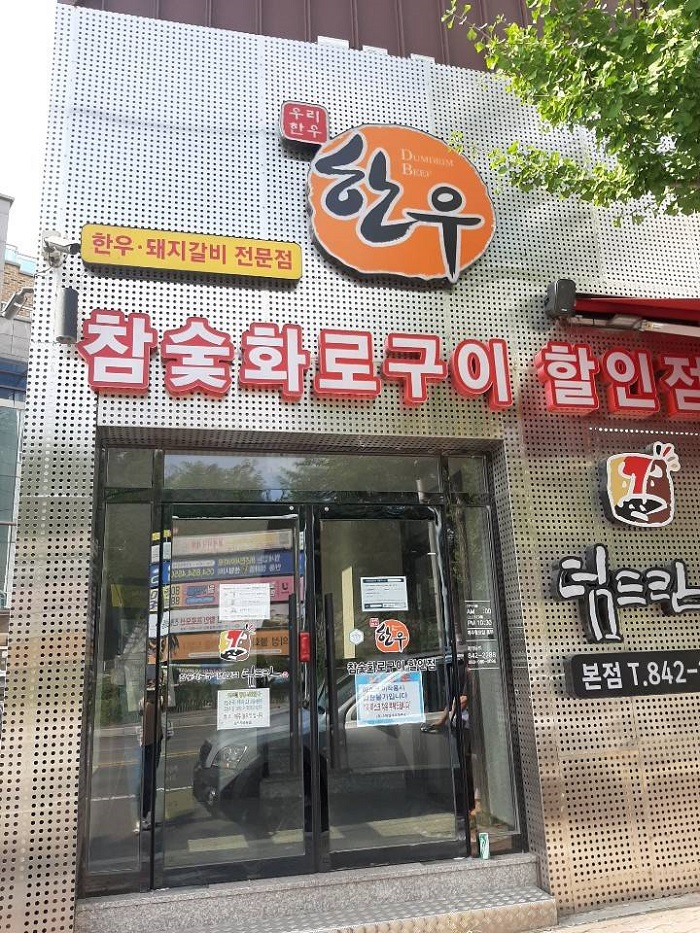
![CHIAMGOTAEK [Korea Quality] / 치암고택 [한국관광 품질인증]](http://tong.visitkorea.or.kr/cms/resource/31/2580131_image2_1.jpg)
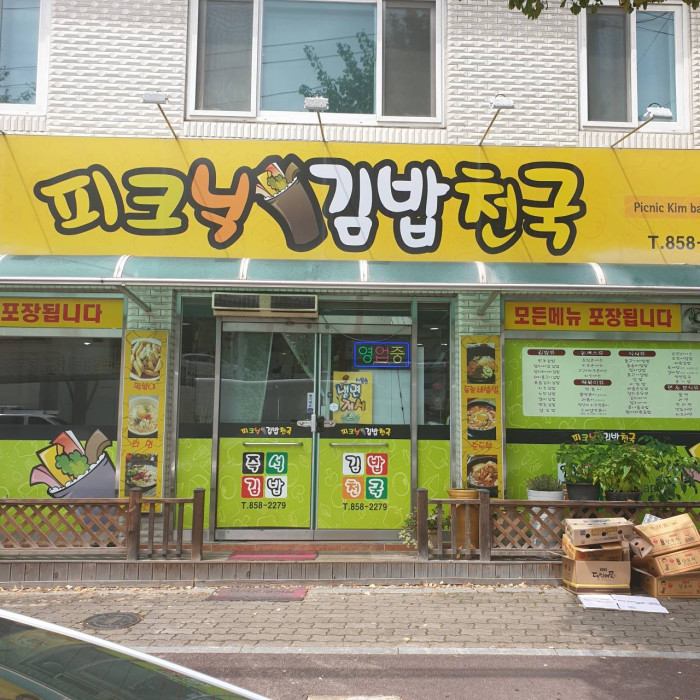
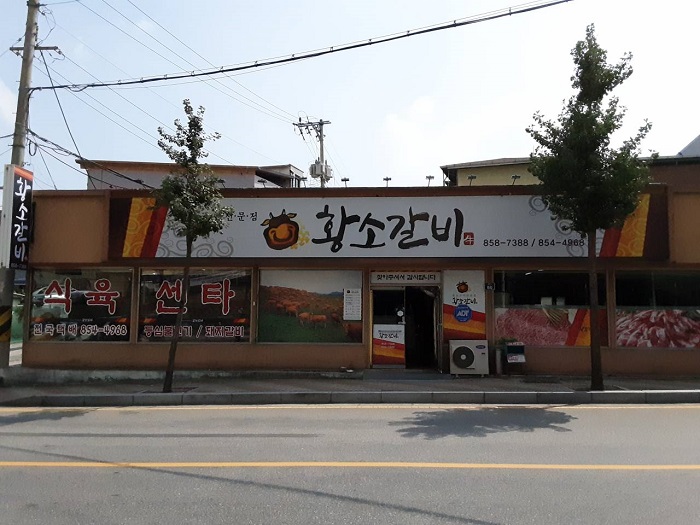
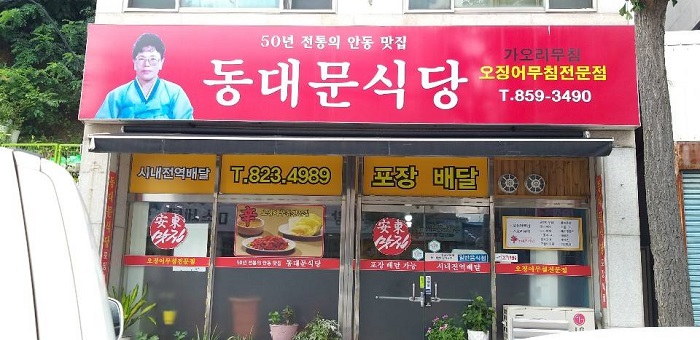
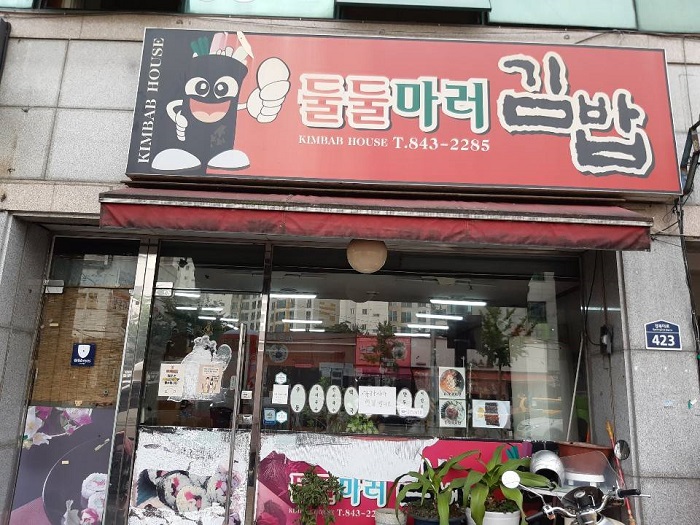
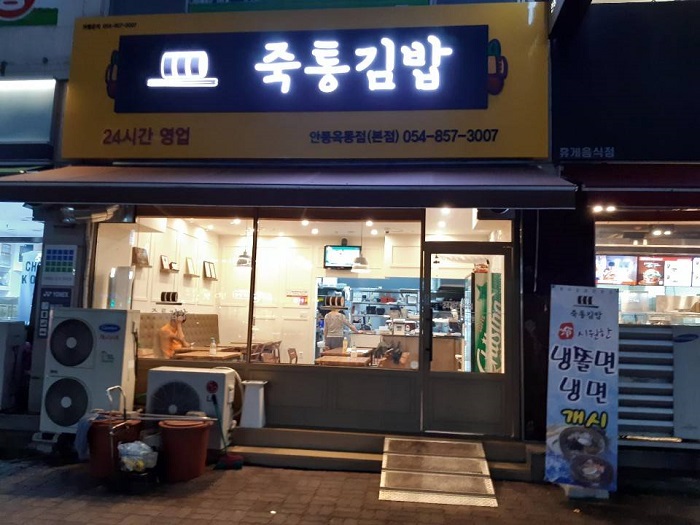
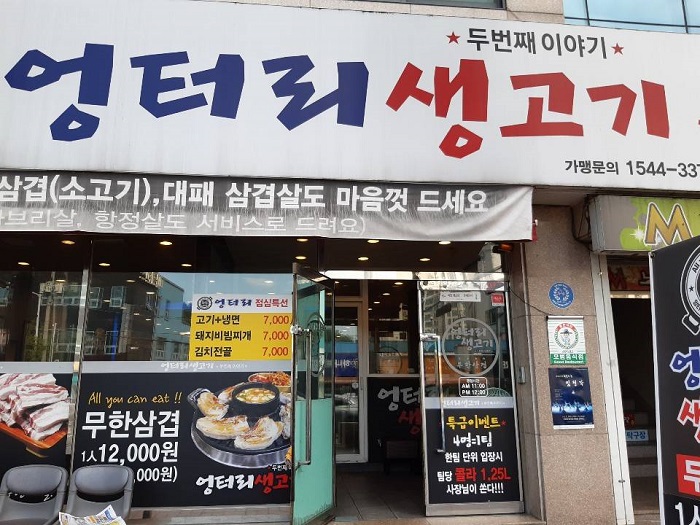

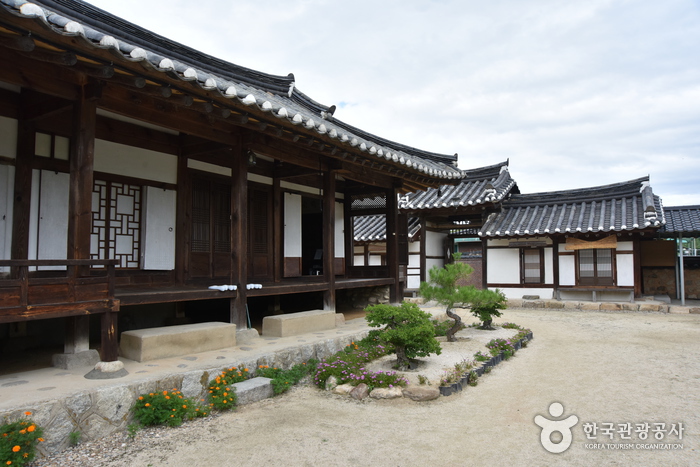
 Français
Français
 한국어
한국어 English
English 日本語
日本語 中文(简体)
中文(简体) Deutsch
Deutsch Español
Español Русский
Русский